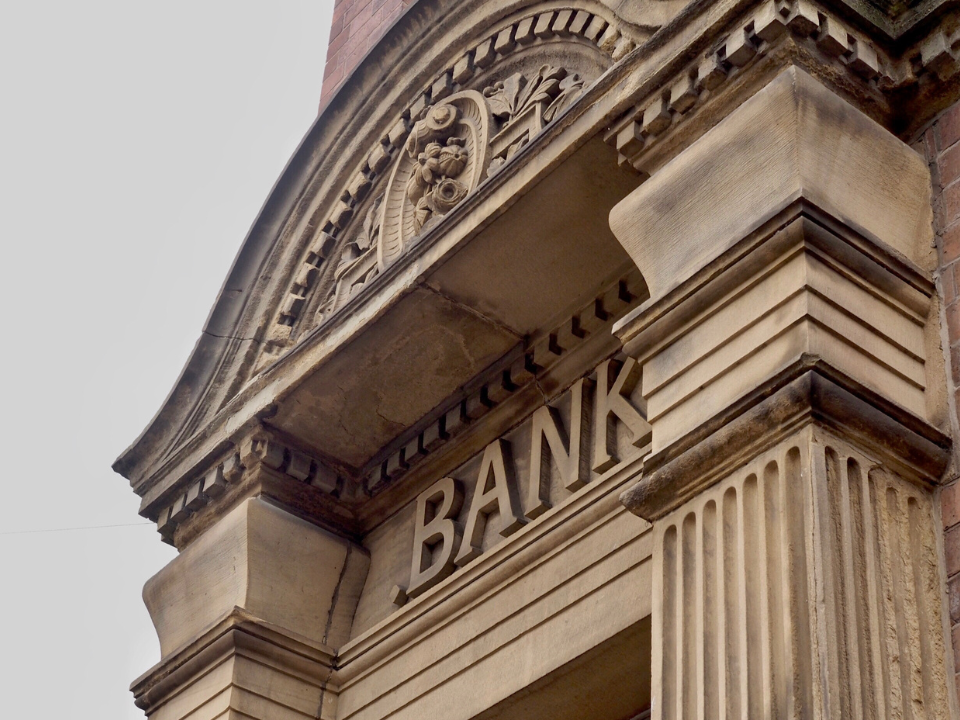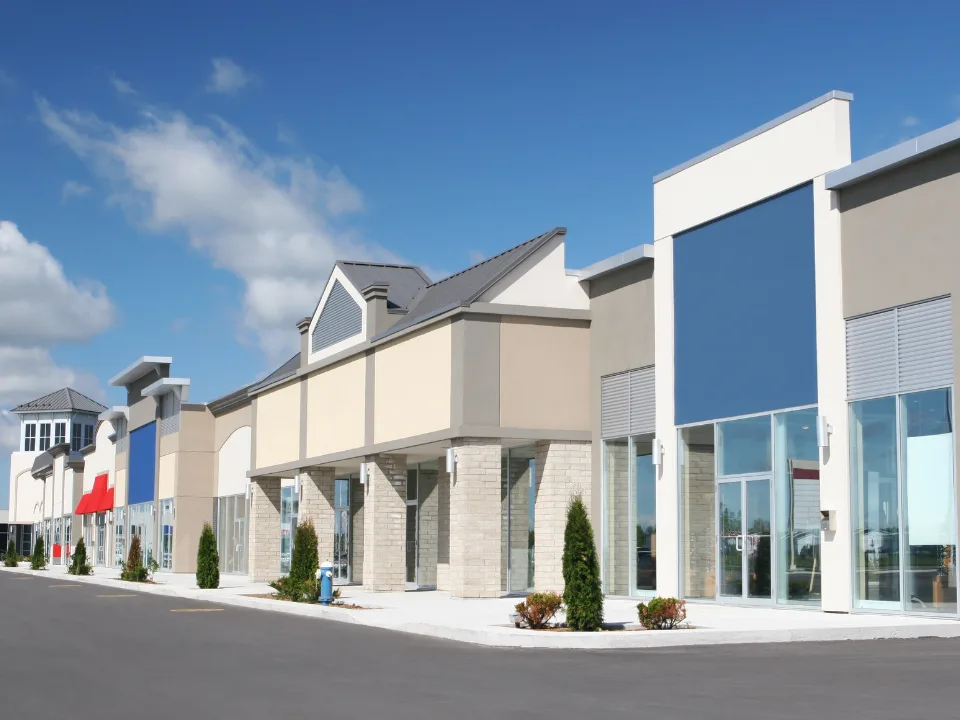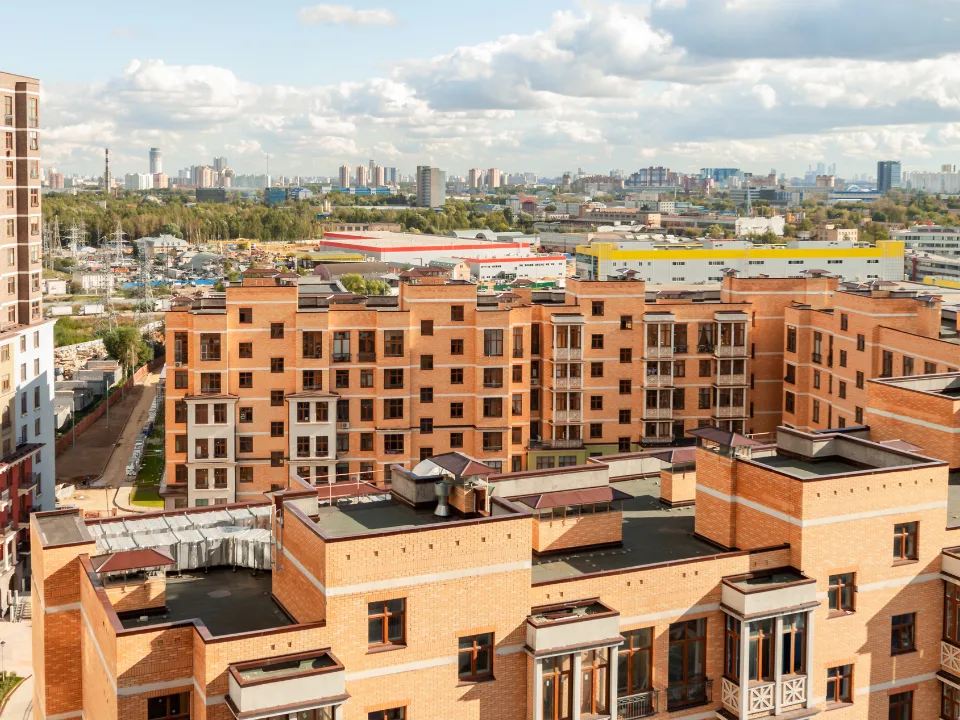- U.S. banks reported a 20% QoQ rise in high-volatility commercial real estate (HVCRE) loans in Q2, bouncing back from a 3-year low in Q1.
- Despite the spike, the total balance of HVCRE loans is still 5% lower compared to the same period in 2023.
- Goldman Sachs and Prosperity Bancshares hold the biggest HVCRE balances, while Morris Bank and Bank of Commerce have the highest proportion relative to risk-weighted assets.
As Globest reported, U.S. banks significantly ramped up their high-volatility commercial real estate (HVCRE) loan issuance in Q2, up 20% from Q1.
According to S&P Global, the total balance of HVCRE loans grew to $34.9B by the end of June, up from a 4-year low. However, this figure is still 5% lower than in 2Q23.
HVCRE Loan Basics
HVCRE loans are typically used to finance the acquisition, development, or construction of income-generating properties.
These loans are considered riskier because repayment depends on future income or sales. Notably, they exclude financing for residential, community development, and agricultural projects, as well as any loans made before 2015.
Current Landscape
The rise in HVCRE loans marks a shift from the consistent decline seen since 2Q21 when banks held $43.7B in these loans.
Goldman Sachs (GS) reported $2.09B in HVCRE loans by June’s end, and Houston-based Prosperity Bancshares (PB) is also one of the largest lenders in this space.
Loan Exposure
Despite the increase, these loans represent a small portion of overall bank portfolios.
For instance, HVCRE loans accounted for less than 0.3% of Goldman Sachs’ risk-weighted assets and 7.7% for Prosperity Bancshares.
In contrast, Morris Bank in Georgia and Indiana-based Bank of Commerce hold the highest ratios of HVCRE loans to risk-weighted assets, at 19.9% and 13.6%, respectively.
Challenges Ahead
Borrowers face growing challenges as HVCRE loans, due to their risk, come with higher costs. As interest rates rise, financing for new projects becomes more expensive, potentially leading to refinancing issues for developers if rates stay elevated or market conditions worsen.
















